43 drag each label into the appropriate joint classification.
These Are the 12 Cranial Nerves and Their Functions - Healthline Your cranial nerves are pairs of nerves that connect your brain to different parts of your head, neck, and trunk. There are 12 of them, each named for its function or structure. Their functions ... Science Articles - dummies Flying at those speeds, pieces of straw can penetrate wood. According to most scientists, the top wind speeds in the strongest tornadoes are about 280 miles per hour. In an average year, 1,200 tornadoes are reported in the United States, far more than any other place in the world.
Label Claims for Conventional Foods and Dietary Supplements there are three ways in which fda exercises its oversight in determining which health claims may be used on a label or in labeling for a conventional food or dietary supplement: 1) the 1990...

Drag each label into the appropriate joint classification.
Laboratory Standard & Design Guidelines - Stanford Environmental Health ... The Stanford Laboratory Standard & Design Guide is a resource document for use by faculty, staff, and design professionals during the planning and early design phases of a project. This Guide is to be used in conjunction with Stanford's Facilities Design Guidelines and applies to construction projects for all Stanford University facilities ... WHMIS 2015 - General : OSH Answers Suppliers must ensure the appropriate classification of hazardous products. This classification is determined based on comparison of all available hazard data for the ingredients or mixture to the WHMIS requirements as outlined in the Hazardous Products Regulations (WHMIS 2015). Stick Welding - Learn Basic Electrode Selection, Welding Techniques and ... Stick welding is a form of welding that uses electricity to melt a metal filler rod/electrode/stick (electrode is the proper term) that melts both the metal joint and electrode all at once to fuse two pieces of metal together and fill the joint with filler metal at the same time. Stick Welding Equipment
Drag each label into the appropriate joint classification.. Level of Measurement - Overview, Types of Scales, Examples In statistics, level of measurement is a classification that relates the values that are assigned to variables with each other. In other words, level of measurement is used to describe information within the values. Psychologist Stanley Smith is known for developing four levels of measurement: nominal, ordinal, interval, and ratio. Bone markings [the complete list] | Kenhub The body, or diaphysis (dia- meaning "through" or "throughout") refers to the central shaft running between the proximal and distal ends of the bone. The articular surface (can be more than one) is the area of the bone that comes in close proximity with the neighbouring bones. Lymph Nodes: Structure, Function, Types, and Diseases Structure. Lymph nodes are small, bean-shaped organs that are part of the lymphatic system. The lymphatic system is a network of vessels and organs that isolate and neutralize foreign agents and particles that can do the body harm. In addition to lymph nodes, lymphatic fluid, and lymphatic vessels, the system is comprised of the thymus gland ... quizlet.com › 599896518 › bio-201-chapter-9-flash-cardsBIO 201 Chapter 9 Flashcards - Quizlet Drag each label into the appropriate position to identify the degrees of freedom for each joint. See image Classify the following images into the types of synovial joints they represent.
5 White Blood Cells Types and Their Functions - New Health Advisor There are two different kinds of white blood cells and each looks different from one another under the microscope. These include granulocytes and agranulocytes. Granulocytes have visible granules or grains inside the cells that have different cell functions. Types of granulocytes include basophils, neutrophils, and eosinophils. 5 Steps of Gram Staining Procedure: How to Interpret the Results 2. Label the Slides. Draw a circle under the slides using a marking pen designed for glassware. This will help to designate which area to prepare the smear in the following step. You can also label them with the organism's initials at the edge of each slide. Take care that the labels do not get in contact with the reagentsused forstaining. 3. Ropes & Knots - United States Search and Rescue Task Force Twin ropes are a third classification offered by some manufacturers and are certified by the UIAA. These are delineated by a "f" symbol on the UIAA label. Both of the twin ropes are clipped through every protection point. The strands should never be separated. Twin ropes are uncommon in the United States. › homework-help › questions-andSolved Drag each label into the appropriate joint | Chegg.com Question: Drag each label into the appropriate joint classification. ... Drag each label into the appropriate joint classification. Show transcribed image text
The 6 Types of Synovial Joints and How You Use Them According to Anatomy & Physiology, a book published by Oregon State University (OSU), ball-and-socket joints have the greatest range of motion. As their name implies, they occur where the ball of one bone end fits into the socket of another. Ball-and-socket joints allow for stable movement in several directions without slipping, creating a highly stable, strong joint. WHMIS 2015 - Safety Data Sheet (SDS) : OSH Answers Canada has aligned the Workplace Hazardous Materials Information System (WHMIS) with the Globally Harmonized System of Classification and Labelling of Chemicals (GHS). This document discusses the WHMIS 2015 supplier requirements as regulated by the federal legislation - the Hazardous Products Act and the Hazardous Products Regulations (HPR). Parts of a microscope with functions and labeled diagram The coarse adjustment knob moves the stage up and down to bring the specimen into focus. The fine adjustment knob brings the specimen into sharp focus under low power and is used for all focusing when using high-power lenses. Q. List down the 18 parts of a Microscope. 1. Ocular Lens (Eye Piece) 2. Diopter Adjustment 3. Head 4. Nose Piece 5. › classification-of-jointsClassification of Joints | Boundless Anatomy and Physiology ... This joint capsule constitutes the outer boundary of a synovial cavity and surrounds the bones' articulating surfaces. Synovial cavities are filled with synovial fluid. The knees and elbows are examples of synovial joints. Functional Classification of Joints Functional classification of joints is based on the type and degree of movement permitted.
art-labeling activity: the structure of the digestive tract The Rectum and Anus Part A Drag the labels to the appropriate location in the figure. The first of these processes ingestion refers to the entry of food into the alimentary canal through the mouth. Rest Help Menteri artery and in Submucosa Mester Cautar fold Muscle Serosa Mucosa Submit Request.
The 5 stages of group development explained - Clockify Blog According to this stages of group development model, each group or team is likely to go through the following connected 5 stages during their joint work: 1. The Forming Stage — mainly characterized by team orientation. 2. The Storming Stage — mainly characterized by a power struggle. 3.
How to Make a Frequency Distribution Table & Graph in Excel? Enter the numbers into column B, Enter the number of bins that you want to create, Enter the perfect bin size and Enter the starting number. When you will finish inserting all these values, you will get your frequency distribution table on the right side of the template. The table includes: The list of bins,
Muscles of the Anterior Leg - Attachments - TeachMeAnatomy Footdrop is a clinical sign indicating paralysis of the muscles in the anterior compartment of the leg. It typically occurs as a consequence of damage to the common fibular (peroneal) nerve - from which the deep fibular nerve arises. In footdrop, the muscles in the anterior compartment are paralysed.
Types of Organizations - Overview, List, Examples, and Main Types The Importance of Adopting Proper Types of Organizations 1. Better Communication Keeping open channels of communication is crucial to the success of every organization. As such, an organization needs to be designed in such a way that individuals and departments are able to coordinate their efforts. 2. Set Organizational Priorities
› classification-of-jointsClassification of Joints - Online Biology Notes Jan 31, 2018 · Classification of joints on the basis of structure: This classification is based on the presence or absence of joint cavity and kinds of supporting tissue that binds two bones together. I. Fibrous joint. II. Cartilaginous joint. III. Synovial joint. I. Fibrous joint: Fibrous joint lacks joint cavity. Two bones are joined together by fibrous connective tissue.
Spinal cord: Ascending and descending tracts - Kenhub The spinal cord is a cylindrical mass of neural tissue extending from the caudal aspect of the medulla oblongata of the brainstem to the level of the first lumbar vertebra (L1). While the length of the spinal cord varies from one individual to another, it is usually longer in males (approximately 45 cm) than it is in females (approximately 42 cm).
Anatomy, Bone Markings - StatPearls - NCBI Bookshelf Bone markings are invaluable to the identification of individual bones and bony pieces and aid in the understanding of functional and evolutionary anatomy. They are used by clinicians and surgeons, especially orthopedists, radiologists, forensic scientists, detectives, osteologists, and anatomists. Although the untrained eye may overlook bone markings as contours of the bone, they are not as ...
Rock Cycle Overview & Examples | How Does the Rock Cycle Work? - Study.com The rock life cycle is the natural Earth process of how rocks form and convert between types. There are three types of rocks. The three types of rocks are igneous rocks, metamorphic rocks, and...
Plate Boundaries: Convergent, Divergent, and Transform Boundaries A convergent boundary is a boundary where two separate plates are pushing into each other. There are two kinds of surface features that are associated with a convergent boundary.
Radiographic positioning terminology | Radiology Reference Article ... Body positions. erect: either standing or sitting. decubitus : lying down. supine : lying on back. Trendelenburg position: the patient is supine (on an inclined radiographic table) with the head lower than the feet. prone : lying face-down. lateral decubitus : lying on one side. right lateral: right side touches the cassette.
› file › p6i3jugDrag and drop the labels onto the appropriate image - Course Hero Drag and drop the labels onto the appropriate image of a type of joint. Each label will be used only once. Hint 1. Shapes of joint surfaces There are six different patterns of articulating bone surfaces that describe the naming of six joints.
› questions-and-answers › drag-eachAnswered: Drag each label into the appropriate… | bartleby Drag each label into the appropriate position to identify the groups and subgroups associated with joint classification. Transcribed Image Text: Jolnt classlficatlon Drag each label into the appropriate position to identify the groups and subgroups associated with joint classification. Pivot Syndesmoses Bony Fibrous Cartilaginous Plane Hinge Condyloid Saddle Synchondroses Prev 1 of 9 Next > M 田 SAMSUNG.
Types of Antacids Medications: Uses, Side Effects, Warning ... - RxList Acid rebound is a condition in which the stomach produces even more acid after the consumption of foods and drinks. Fortunately, the effects of acid rebound are not clinically important. High-dose calcium carbonate and sodium bicarbonate when taken together can cause a condition called milk-alkali syndrome.
3 Types of Faults: Normal, Reverse and Strike-Slip - Earth How Here's what could happen with their relative movements: 1. Normal Fault The upper block moves downward relative to the lower block. (dip-slip) 2. Reverse/thrust Fault The upper block moves upward relative to the lower block. (dip-slip) 3. Strike-slip fault Both blocks slide horizontally across one another. (Strike-slip)
Machine learning - Wikipedia Machine learning (ML) is a field of inquiry devoted to understanding and building methods that 'learn', that is, methods that leverage data to improve performance on some set of tasks. It is seen as a part of artificial intelligence.Machine learning algorithms build a model based on sample data, known as training data, in order to make predictions or decisions without being explicitly ...
Stick Welding - Learn Basic Electrode Selection, Welding Techniques and ... Stick welding is a form of welding that uses electricity to melt a metal filler rod/electrode/stick (electrode is the proper term) that melts both the metal joint and electrode all at once to fuse two pieces of metal together and fill the joint with filler metal at the same time. Stick Welding Equipment
WHMIS 2015 - General : OSH Answers Suppliers must ensure the appropriate classification of hazardous products. This classification is determined based on comparison of all available hazard data for the ingredients or mixture to the WHMIS requirements as outlined in the Hazardous Products Regulations (WHMIS 2015).
Laboratory Standard & Design Guidelines - Stanford Environmental Health ... The Stanford Laboratory Standard & Design Guide is a resource document for use by faculty, staff, and design professionals during the planning and early design phases of a project. This Guide is to be used in conjunction with Stanford's Facilities Design Guidelines and applies to construction projects for all Stanford University facilities ...





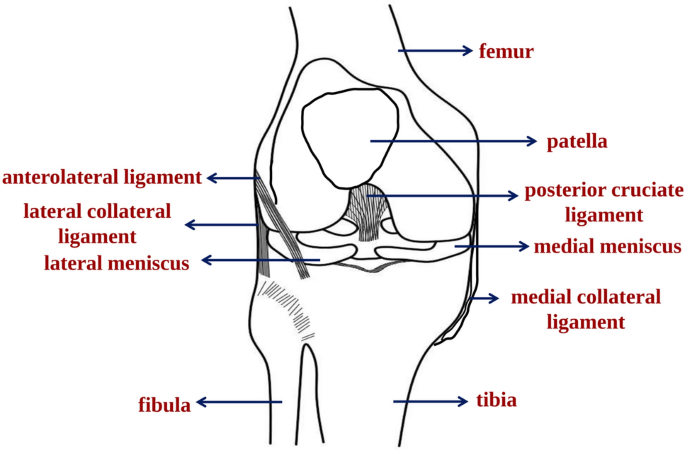
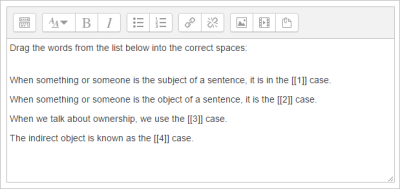
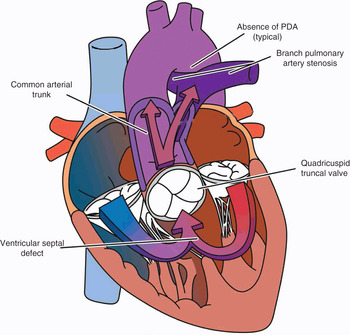

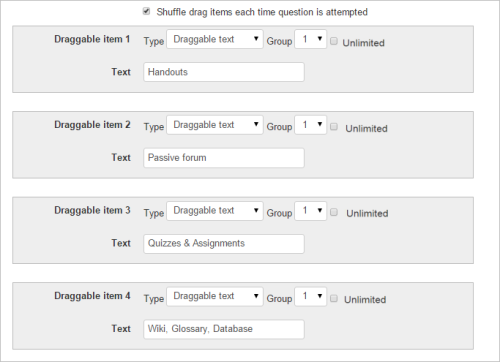
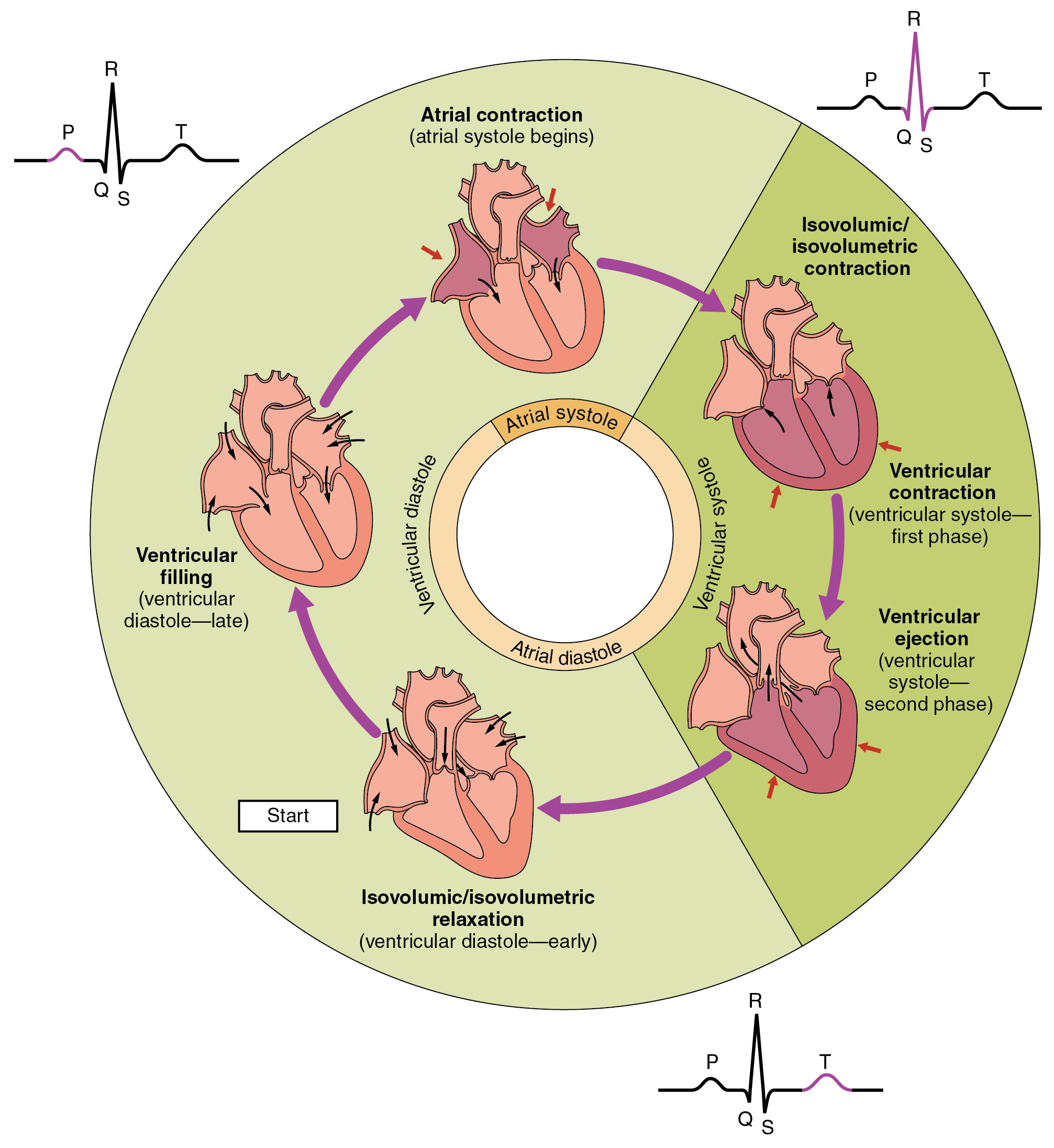



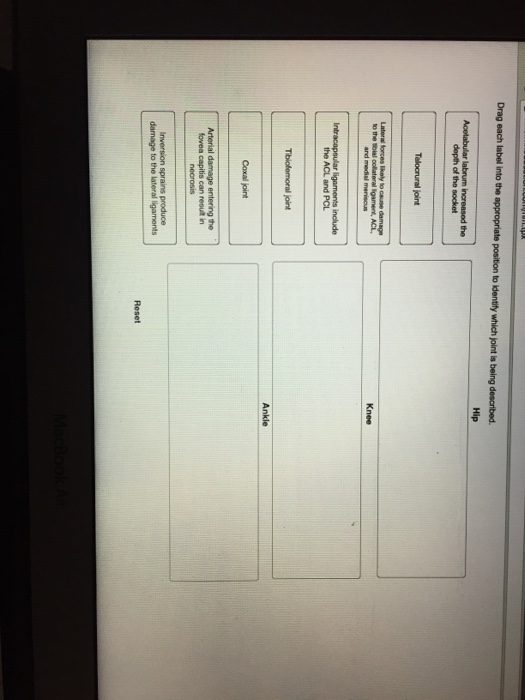






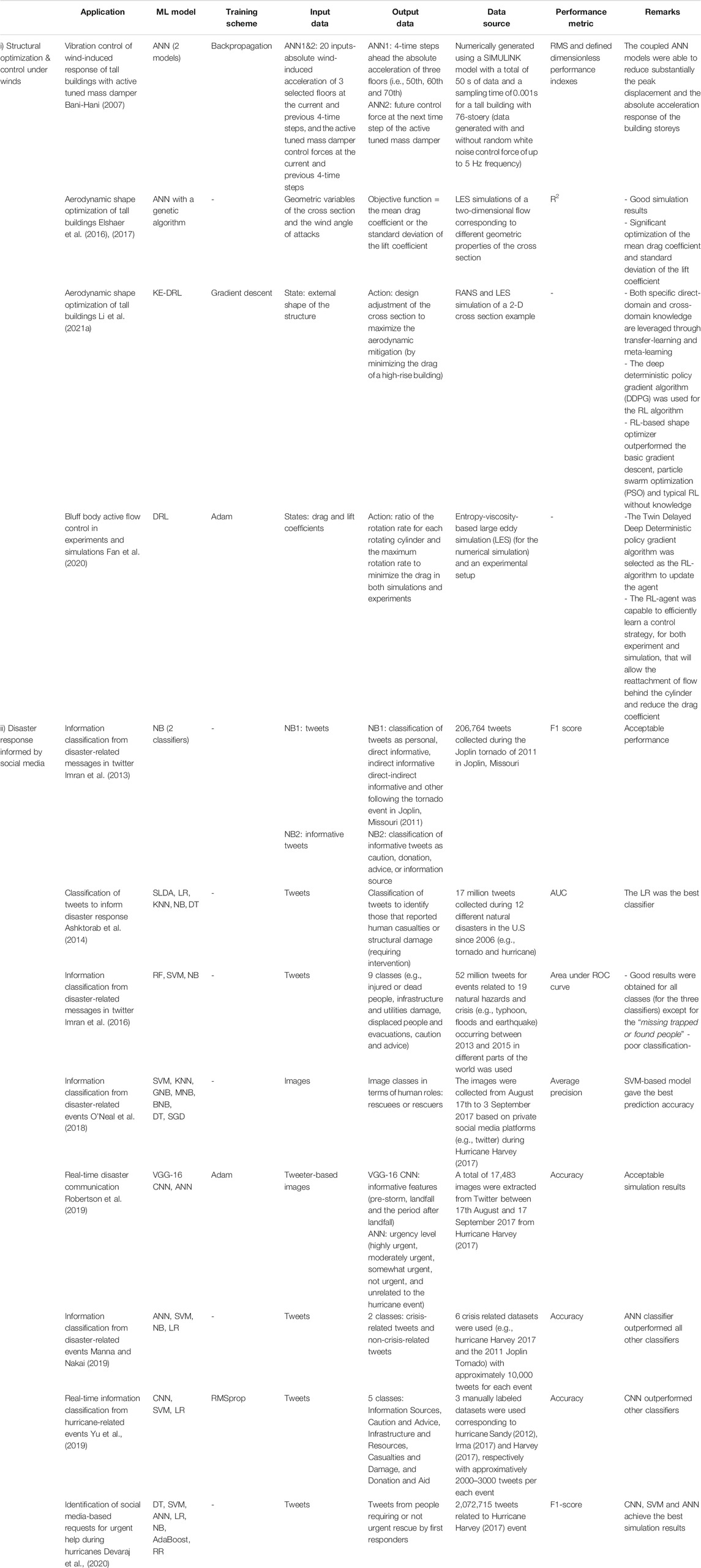



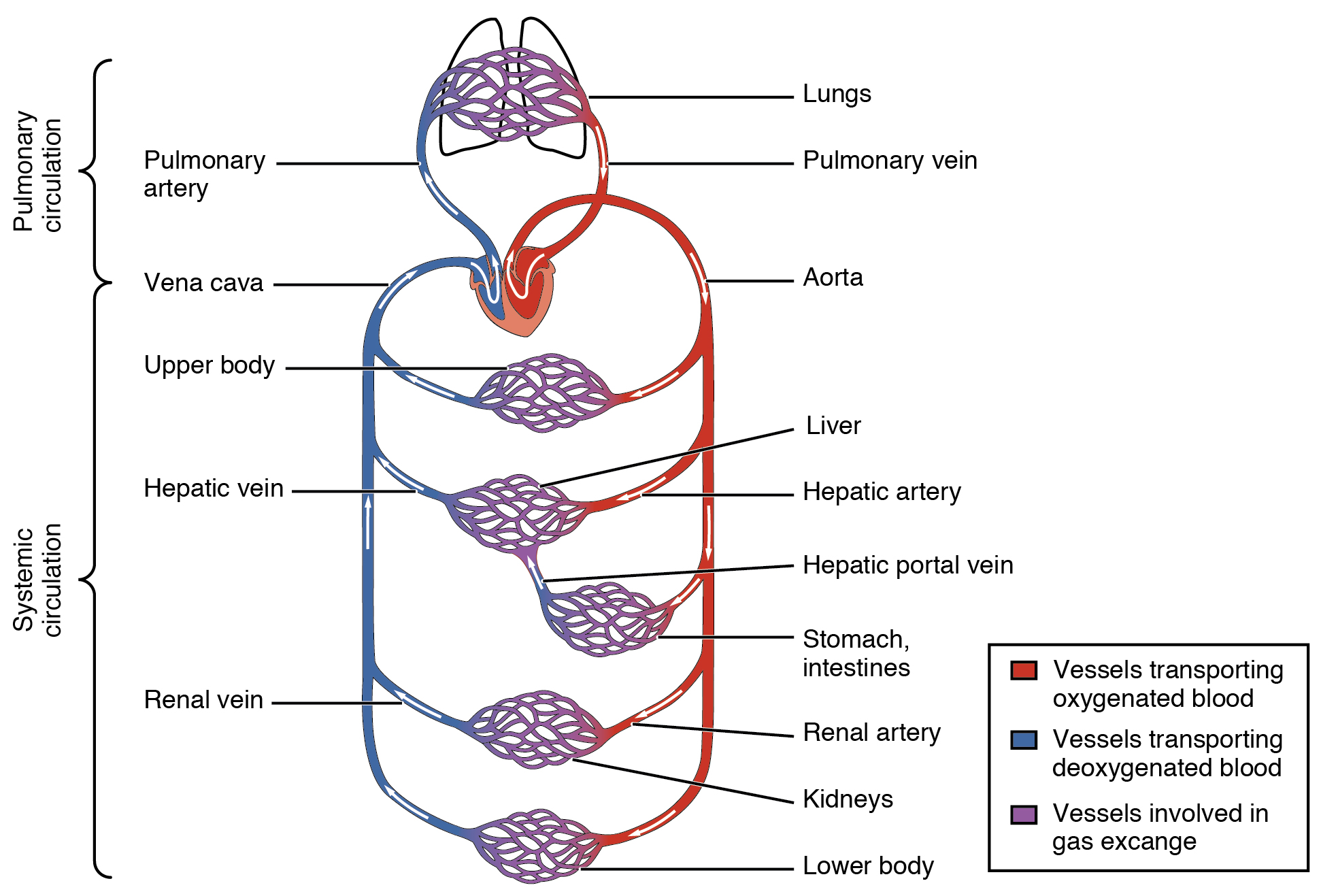




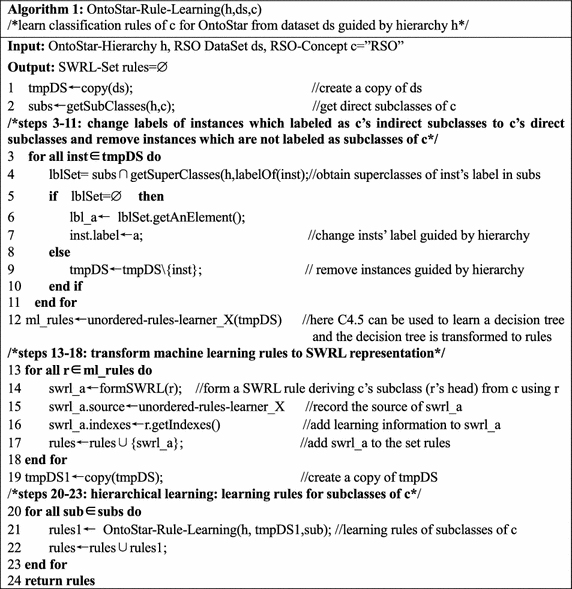








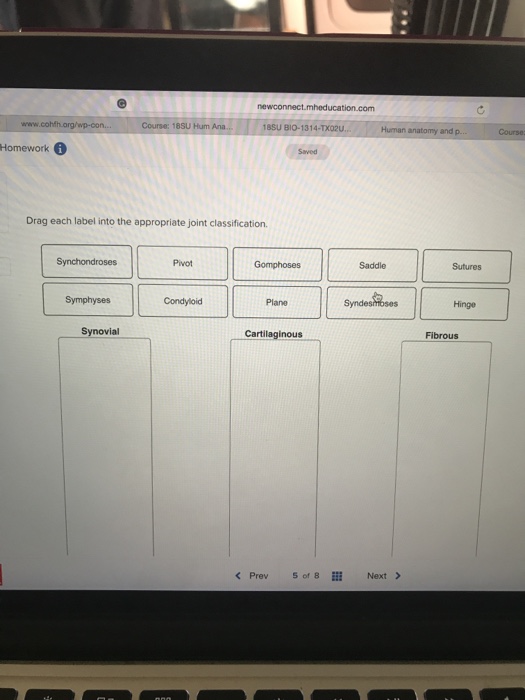
Post a Comment for "43 drag each label into the appropriate joint classification."